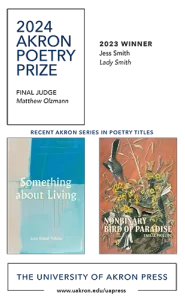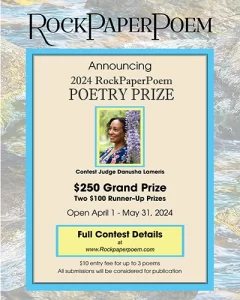Yellow Medicine Review – Fall 2012
Fall 2012
Biannual
Mary Florio
There is persistent music in this volume, and it is not limited to the poetry. From Denise Low’s “Gambling in the Heart of Winter” to Dawn Karima Pettigrew’s “An Indian Doctor,” the prose narratives invoke other echelons in a mesmerizing language. “Mesmerizing” is a very fat word for what I mean specifically—that is, the success of these writers in engaging tradition to create new meaning. The language is rich, the styles often magical, but even in a lush literary landscape the authors in this volume evade over-writing or purple prose. It’s a tough and beautiful presentation.
There is persistent music in this volume, and it is not limited to the poetry. From Denise Low’s “Gambling in the Heart of Winter” to Dawn Karima Pettigrew’s “An Indian Doctor,” the prose narratives invoke other echelons in a mesmerizing language. “Mesmerizing” is a very fat word for what I mean specifically—that is, the success of these writers in engaging tradition to create new meaning. The language is rich, the styles often magical, but even in a lush literary landscape the authors in this volume evade over-writing or purple prose. It’s a tough and beautiful presentation.
Cheryl Savageau’s short prose piece “Not Your Average Lullaby” reads like music. Savageau, whose lullaby is a tribute to the narrator’s mother, captures the essence of understanding one’s heritage through a pop cultural lens. She writes in the bold tones of a generation, reaching for a recognition of tradition through different versions of her mother. She begins: “You want to talk about something, I wanted to tell them. How about Janis Joplin. Now there’s someone who’s really not dead. I know, man, because my mother is Janis Joplin.” The story weaves through histories, concluding with the gentlest, most elegant epiphany: “She wouldn’t talk about it anymore, and I wouldn’t either. I mean, who’d believe it. That Janis was my mother, and all those feathers, the blues, was really an Indian thing.”
“Indian thing” may refer to pre-colonial peoples expansively. The guest editor, Chip Livingston, chose to highlight the work of writer Jamie Figueroa. She had recently graduated from the Institute of American Indian Arts of Santa Fe, and her work transcends genre and any limitations one might derive from a vantage point of identity. For example, her “Revolution of Body” is perhaps the finest story I’ve read about gender identity in the context of ethnic identity. But it is not a story you would describe in those clinical terms. It is a better assessment to call it a love story, but a love story made more complicated by the histories of its characters, a Romeo and Juliet in the setting of someone’s kitchen.
Before deconstructing “Revolution of Body,” one looks at Figueroa’s efforts in a microcosm. In a form of flash literature titled “Hunger,” she writes, “Everything appeared falsely clean, glowed white—the walls, the sheets, our teeth” (emphasis added). In a few paragraphs that sound like poetry and read like prose—a disciplined pacing, a victory of language—she tells a story that with a little imagination becomes a five-part elegy, full of possibilities. Many of the stories in the volume concern tradition, but in Figueroa’s work she is complicating tradition with another tradition with another tradition, and she executes this maneuver without all of the liabilities one can derive from “identity politics.” She never excludes the personal, the individual, the humanity behind the best writing.
In “Revolution of Body,” Figueroa narrates the story of an unlikely mother-in-law who visits her pregnant daughter to see that her daughter-in-law speaks little Spanish. What is perhaps more unusual is that the in-law tension has to do with the fact that the marriage is with another woman, not a man. The transcendence is captured in Figueroa’s joyous ending:
We all pretended nothing was happening, each of us submerged in our own thoughts. Iva [the mother-in-law] would leave soon and her perfume would haunt our home for days. Meanwhile the baby would continue to bloom in Beth, and then, soon, we would be mothers.
The joy that Figueroa provides is an achievement—the dream that one will overcome prejudice, as possibly realized in the two women’s lives. Given the journal’s focus on those connected with silenced peoples, it is liberating to see each piece’s evidence of exceptional creative interpretation and strength—these are resilient voices. I end with Livingston’s observation that opened the journal:
Family stories have it that my great-great grandfather, Hadjo Pokke, AKA Richard L. Taylor, died at 103 years old when he fell off his front porch dancing. He is held up generations later as an example on how to live our lives, dancing until the end of our long journeys . . .
The music in this volume seeps even into the introduction—all of it measured and somehow not too far away.
[www.yellowmedicinereview.com]




